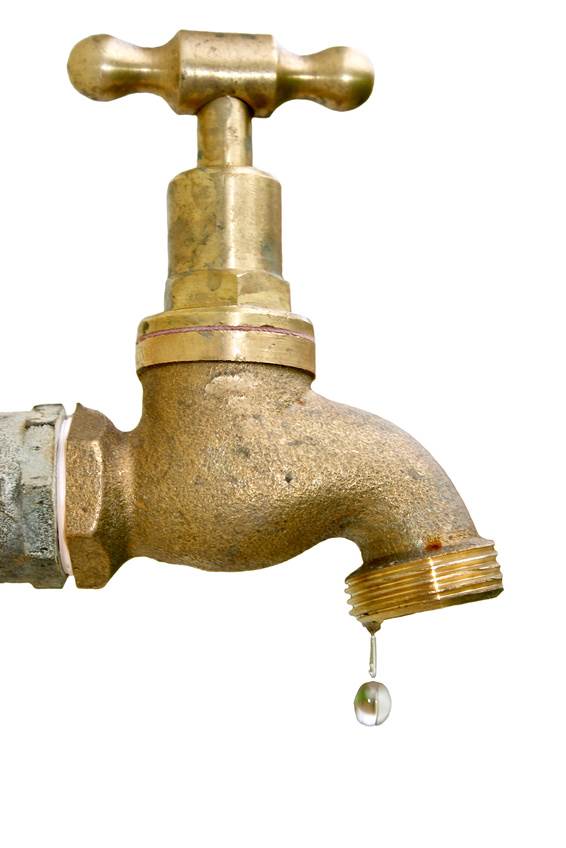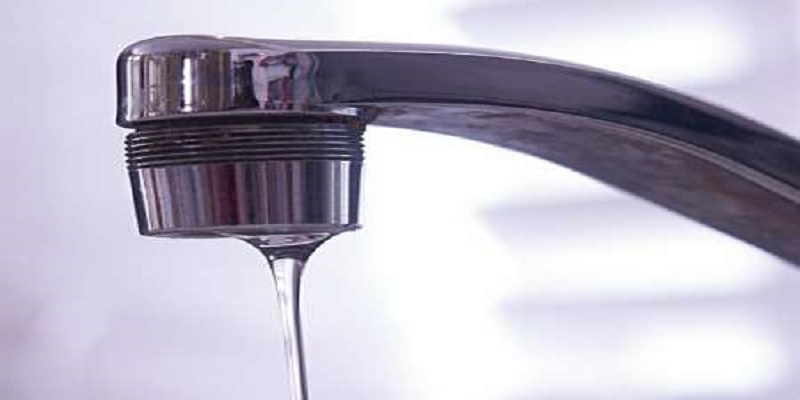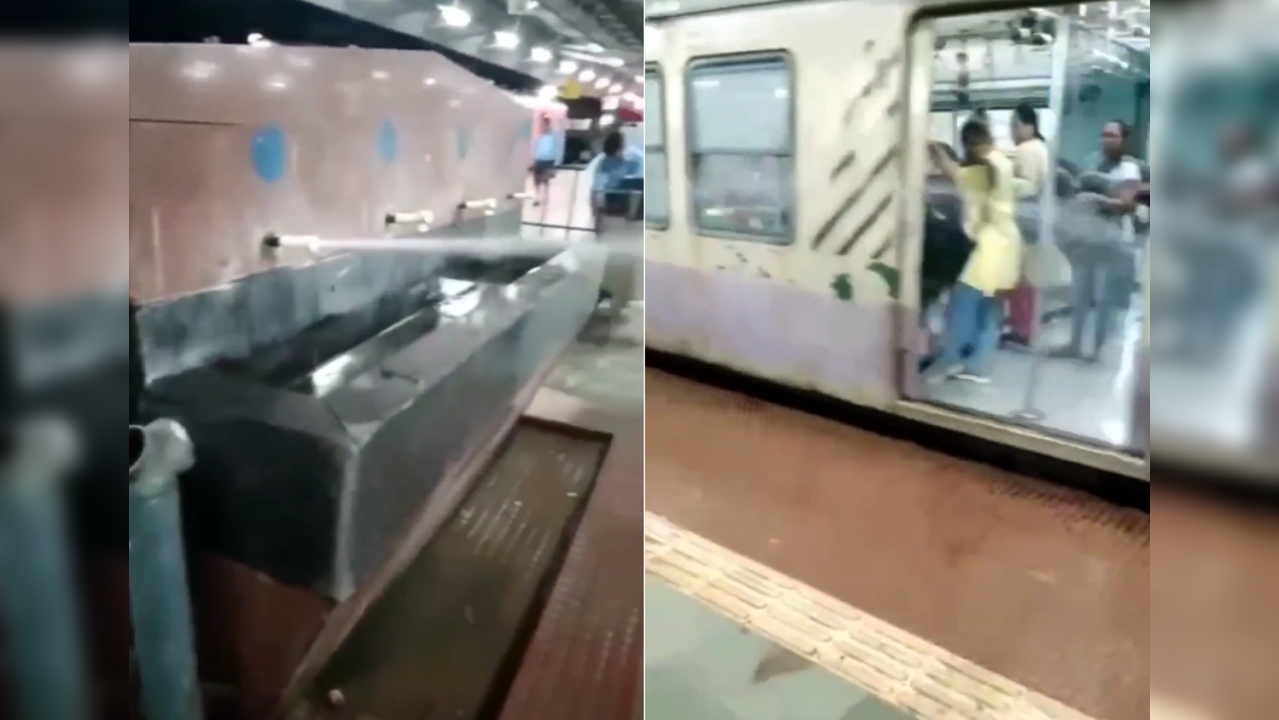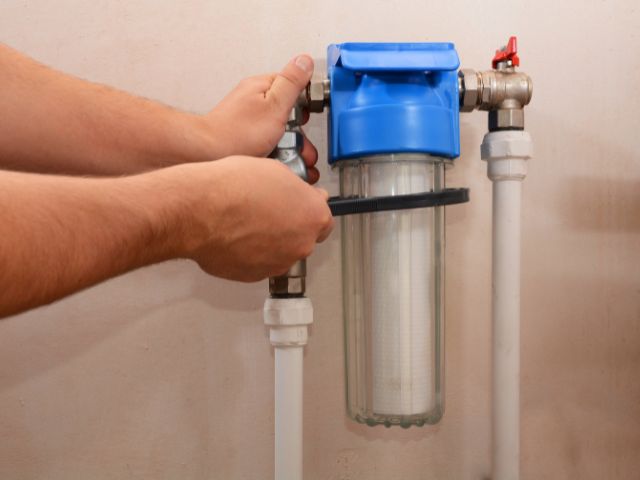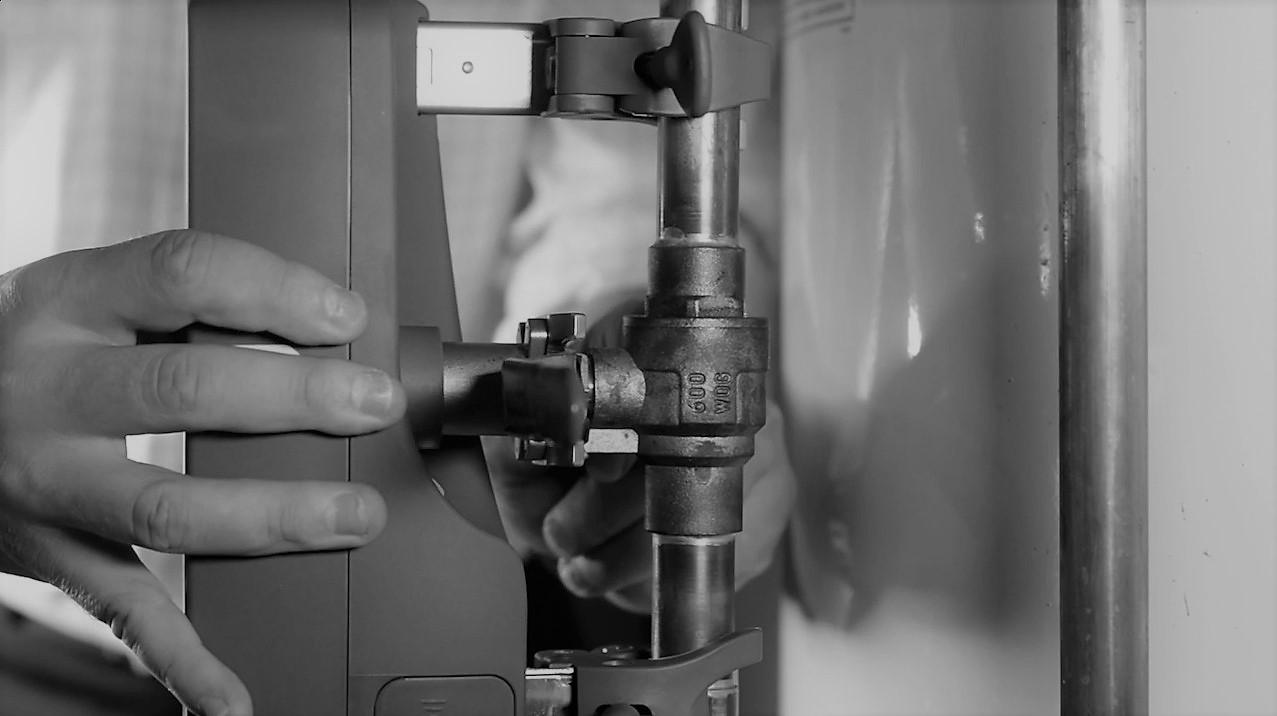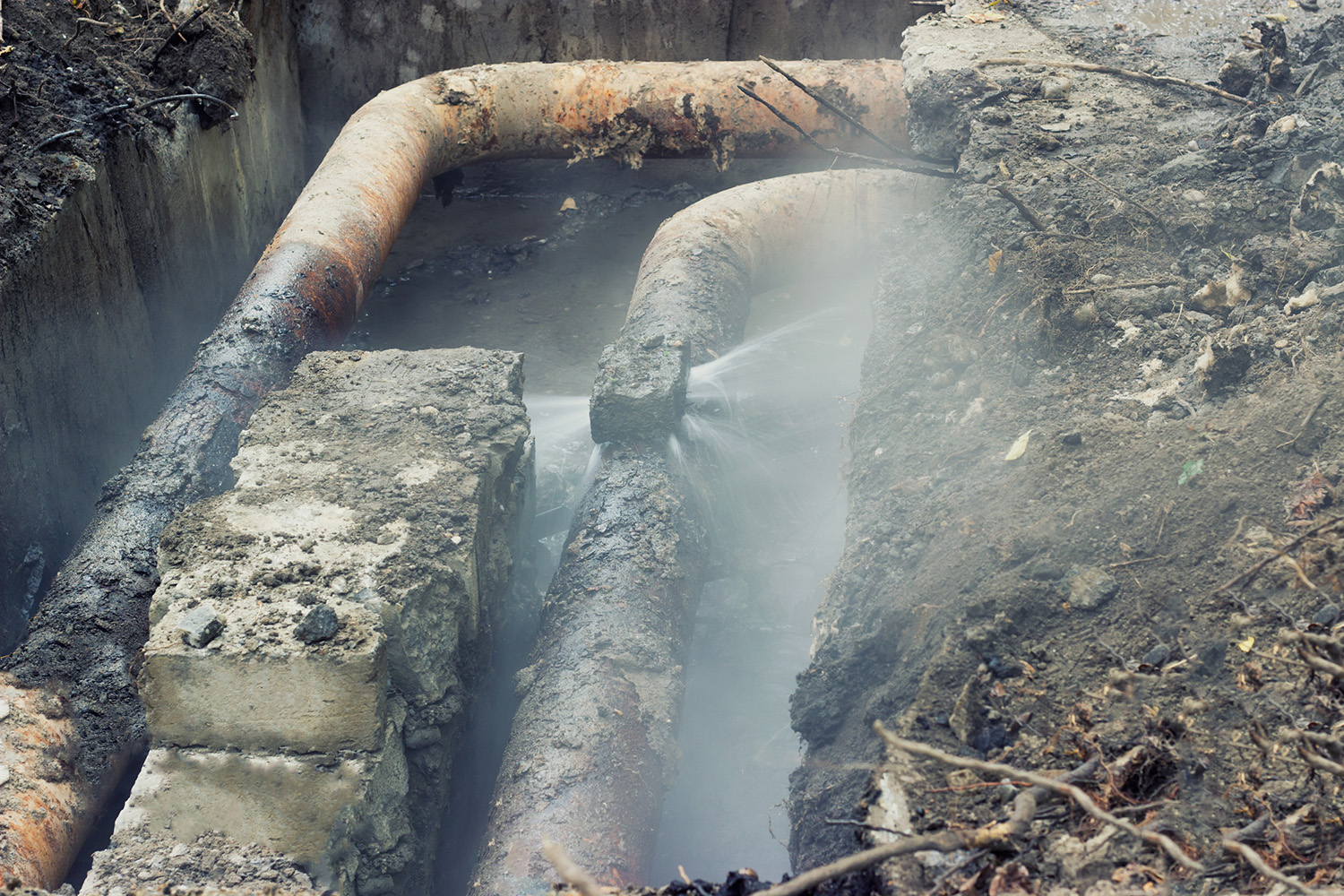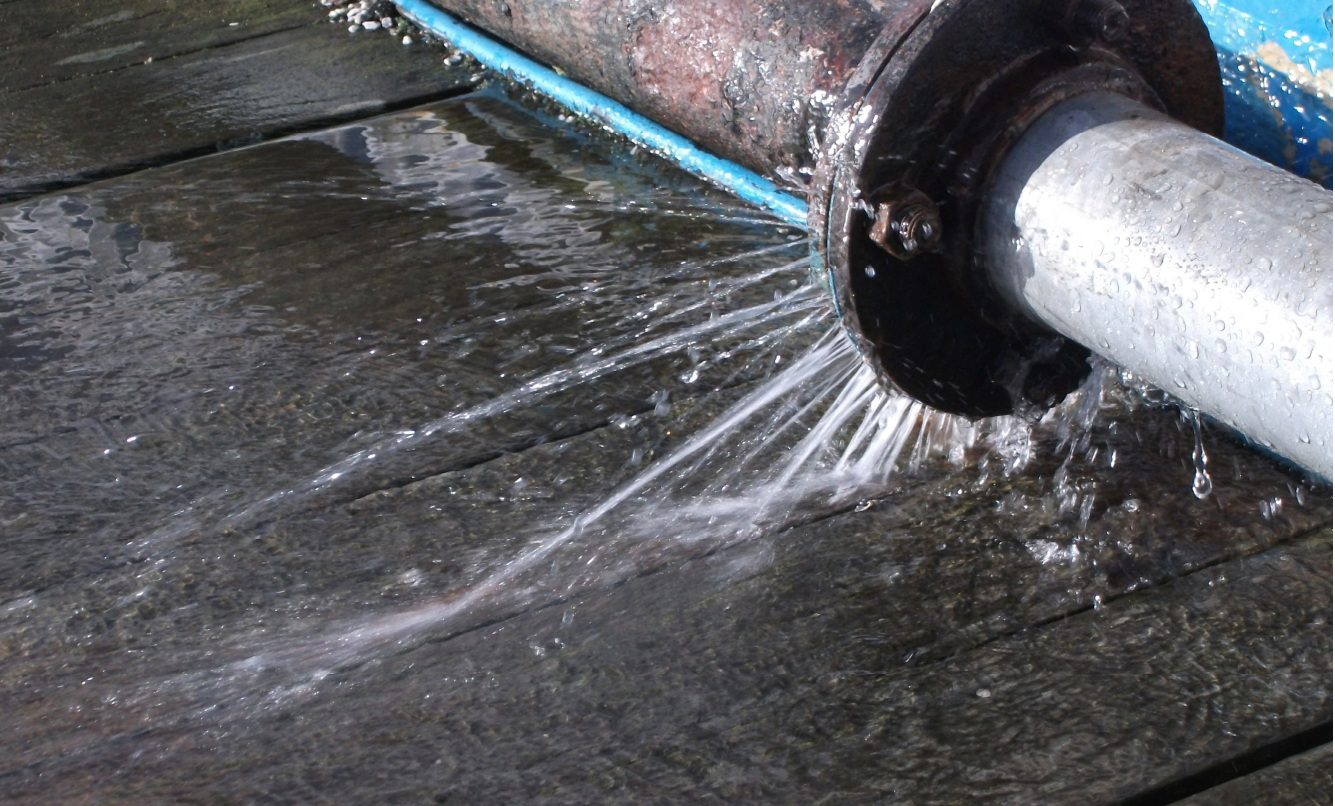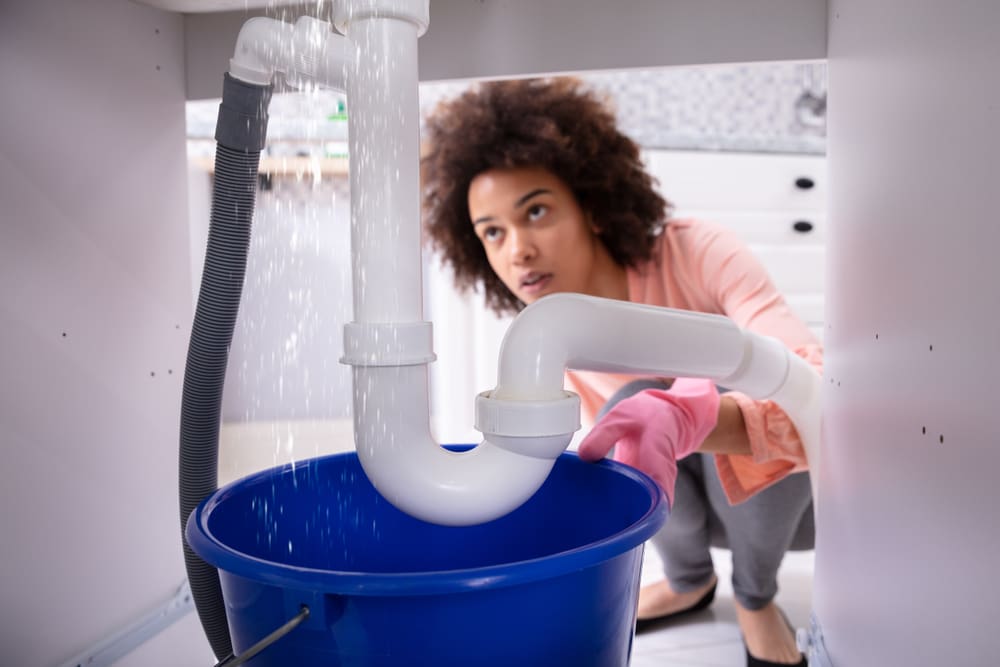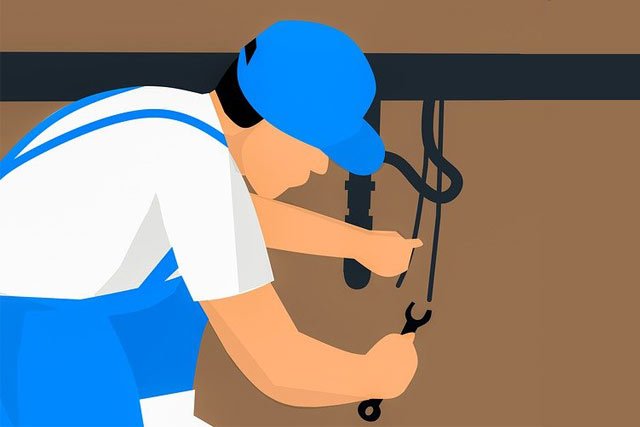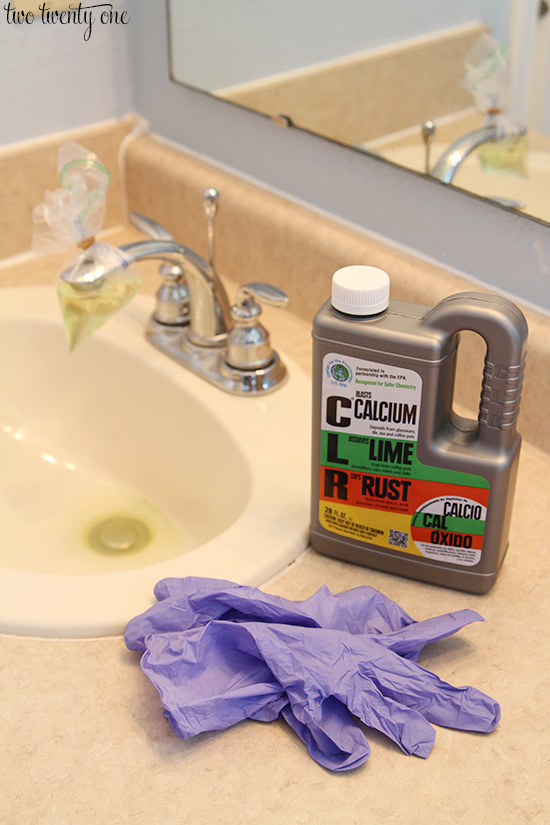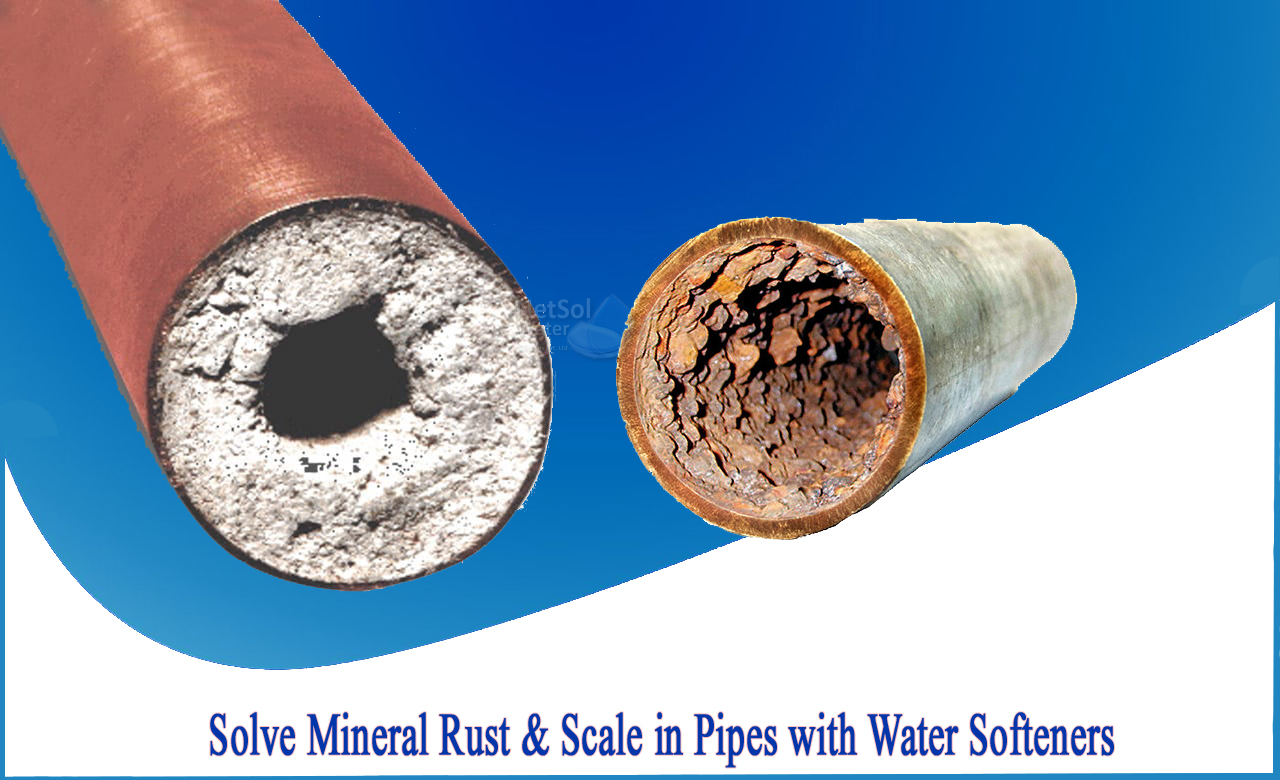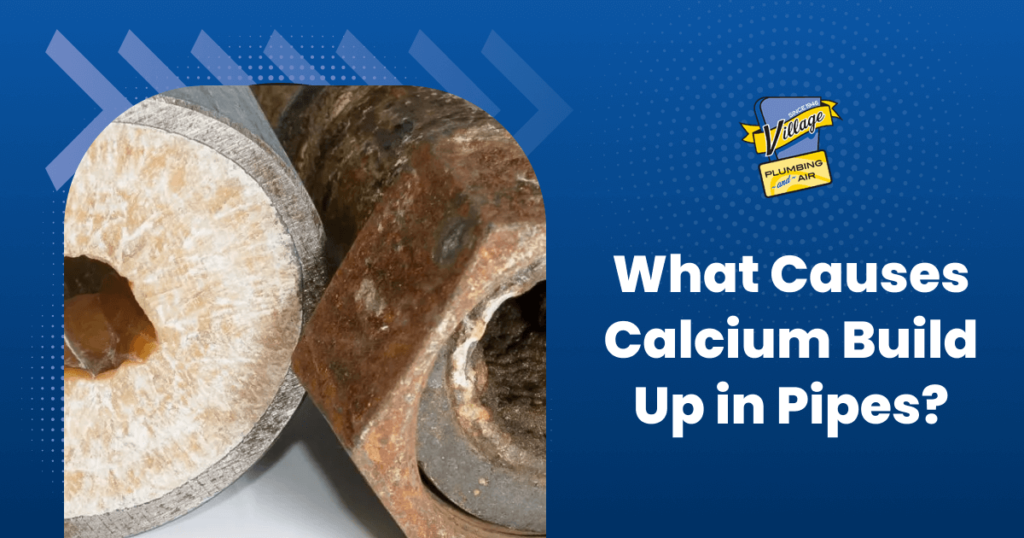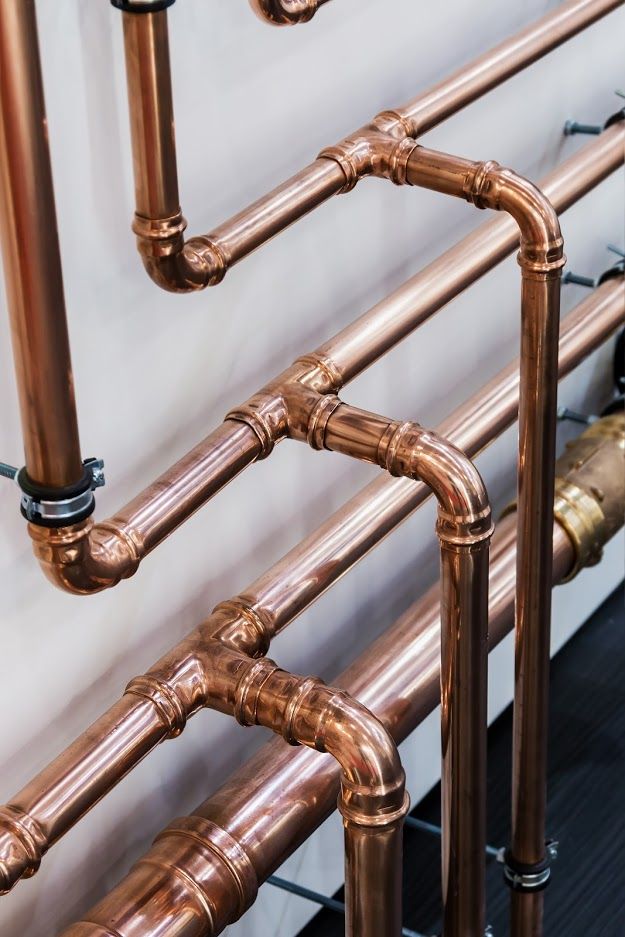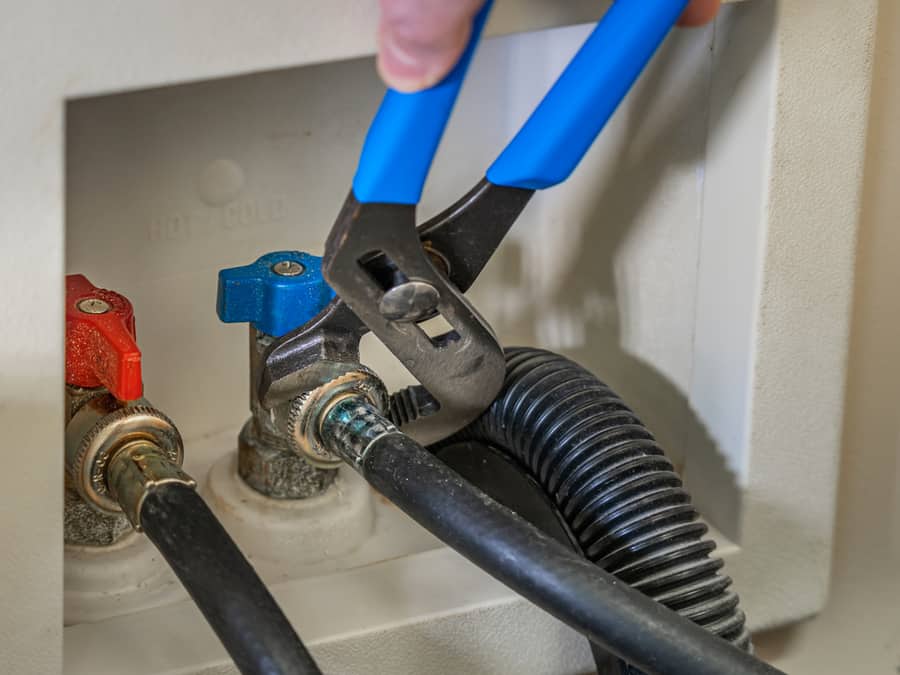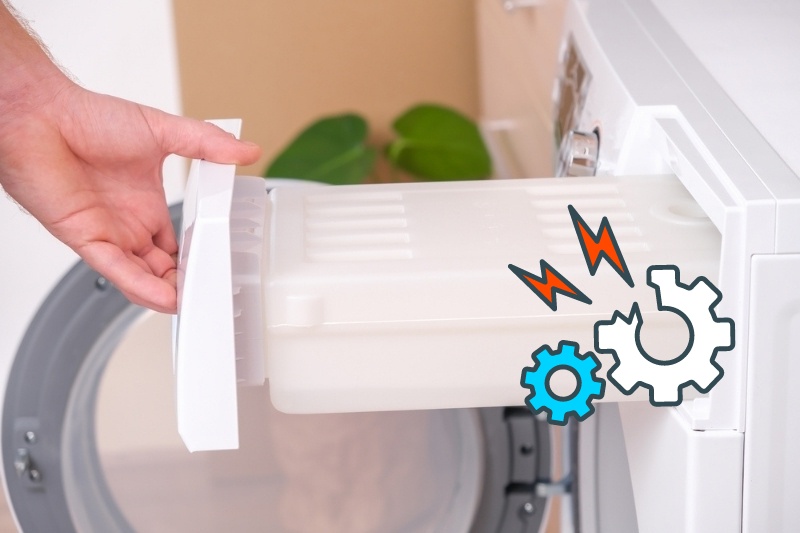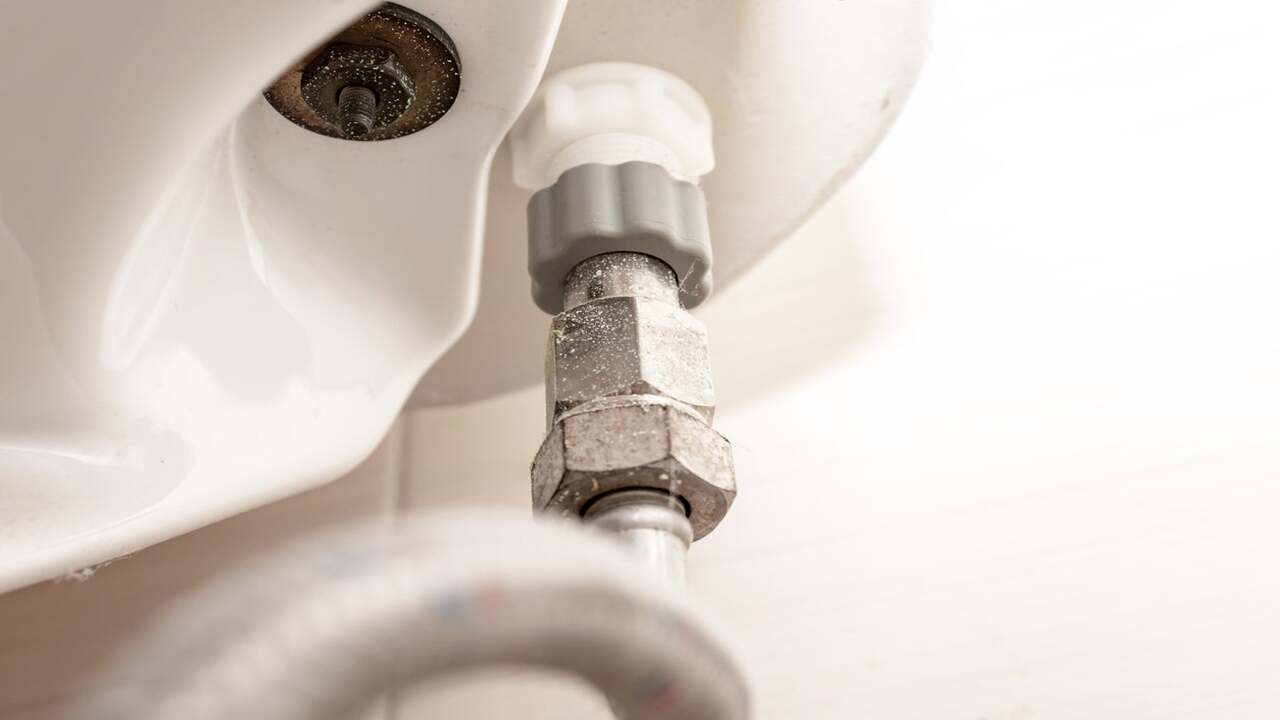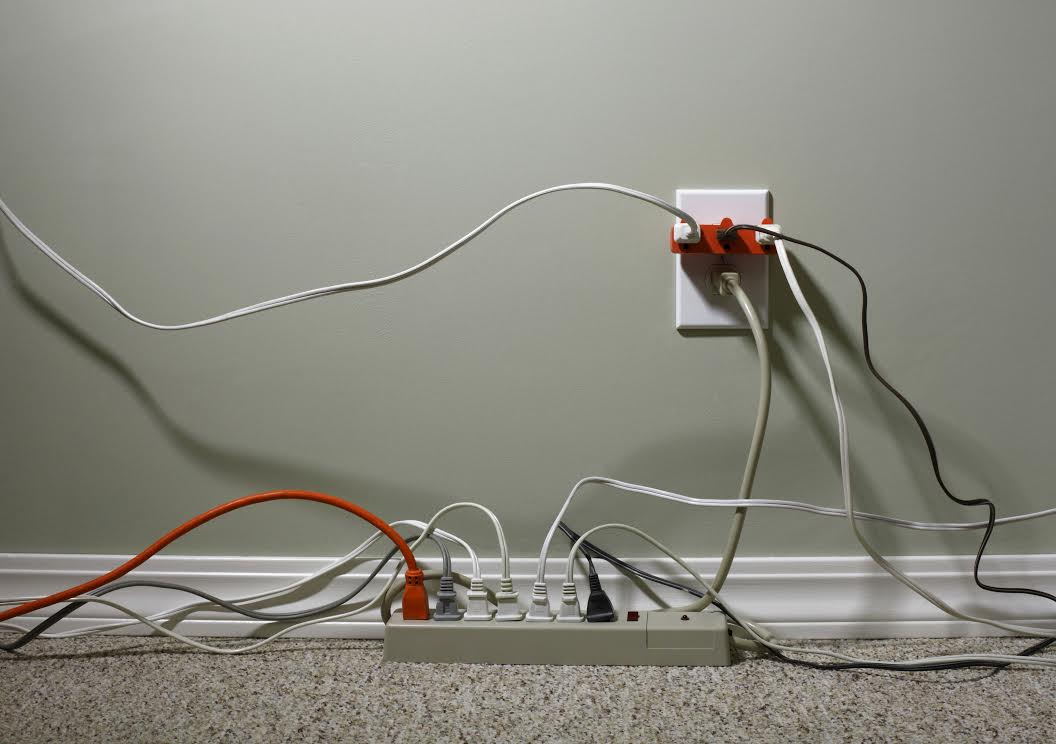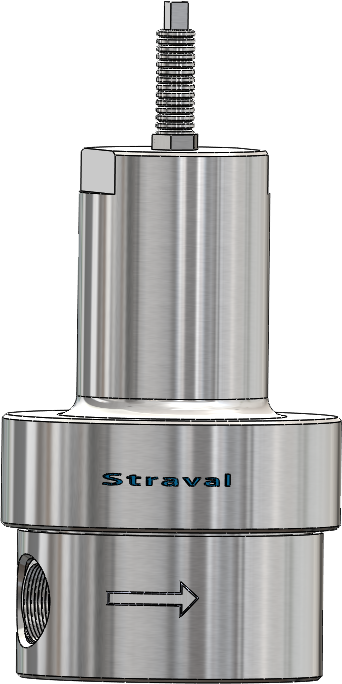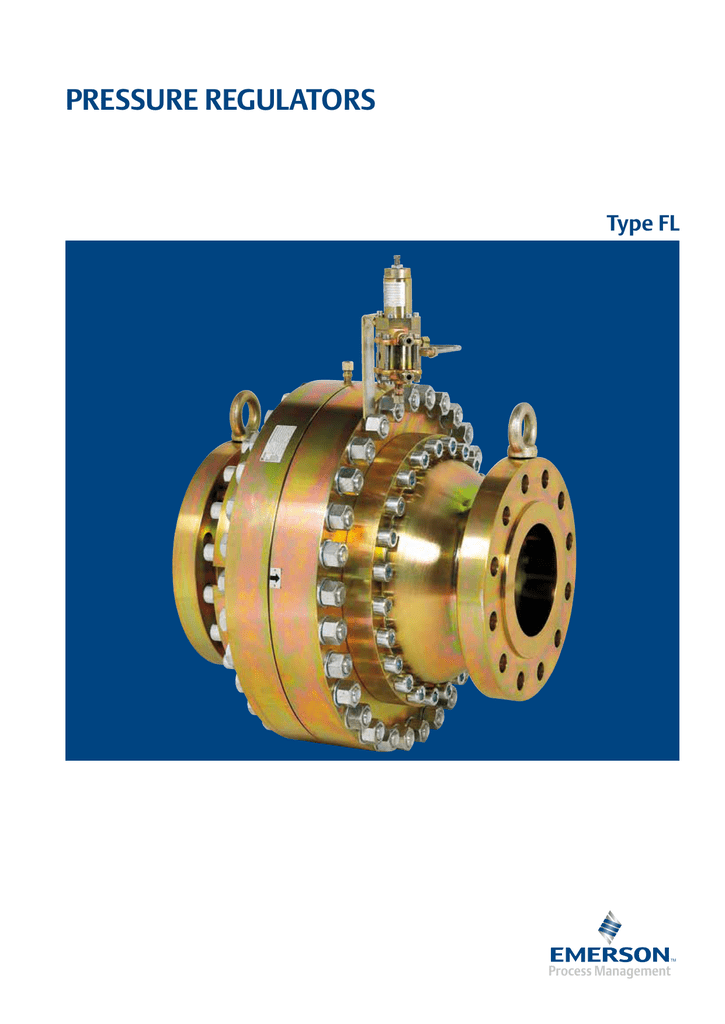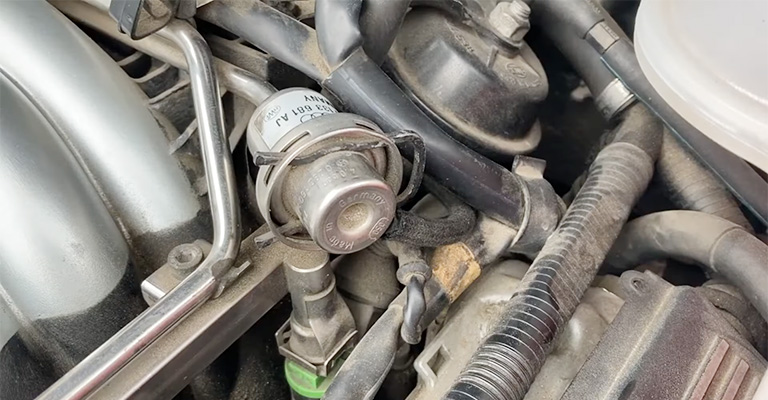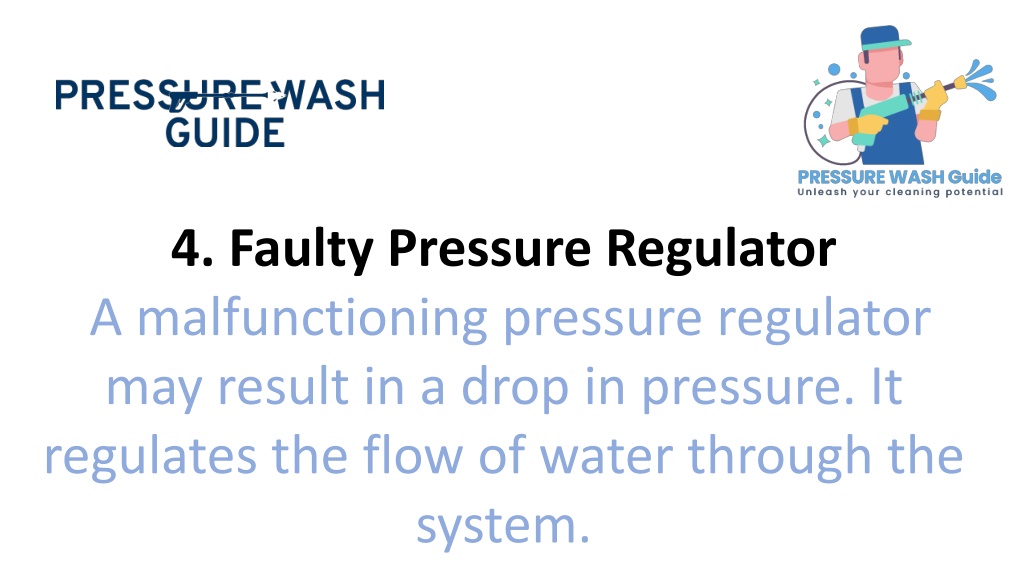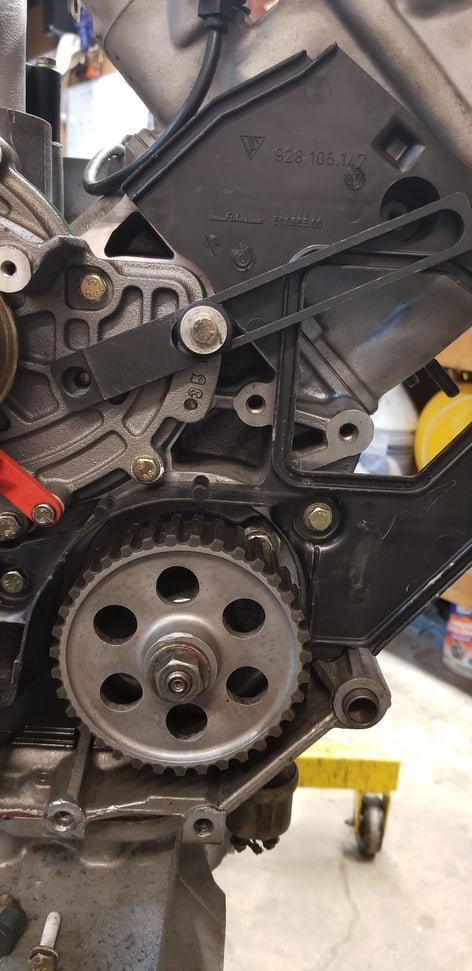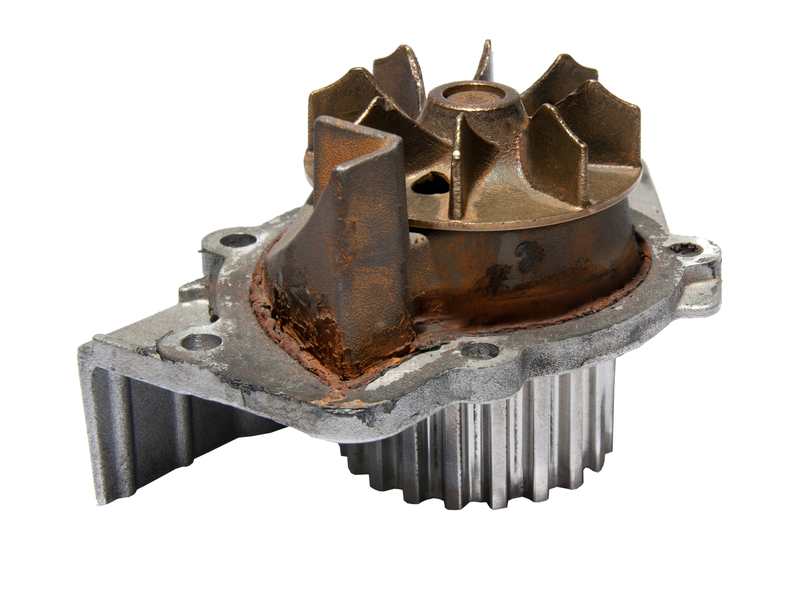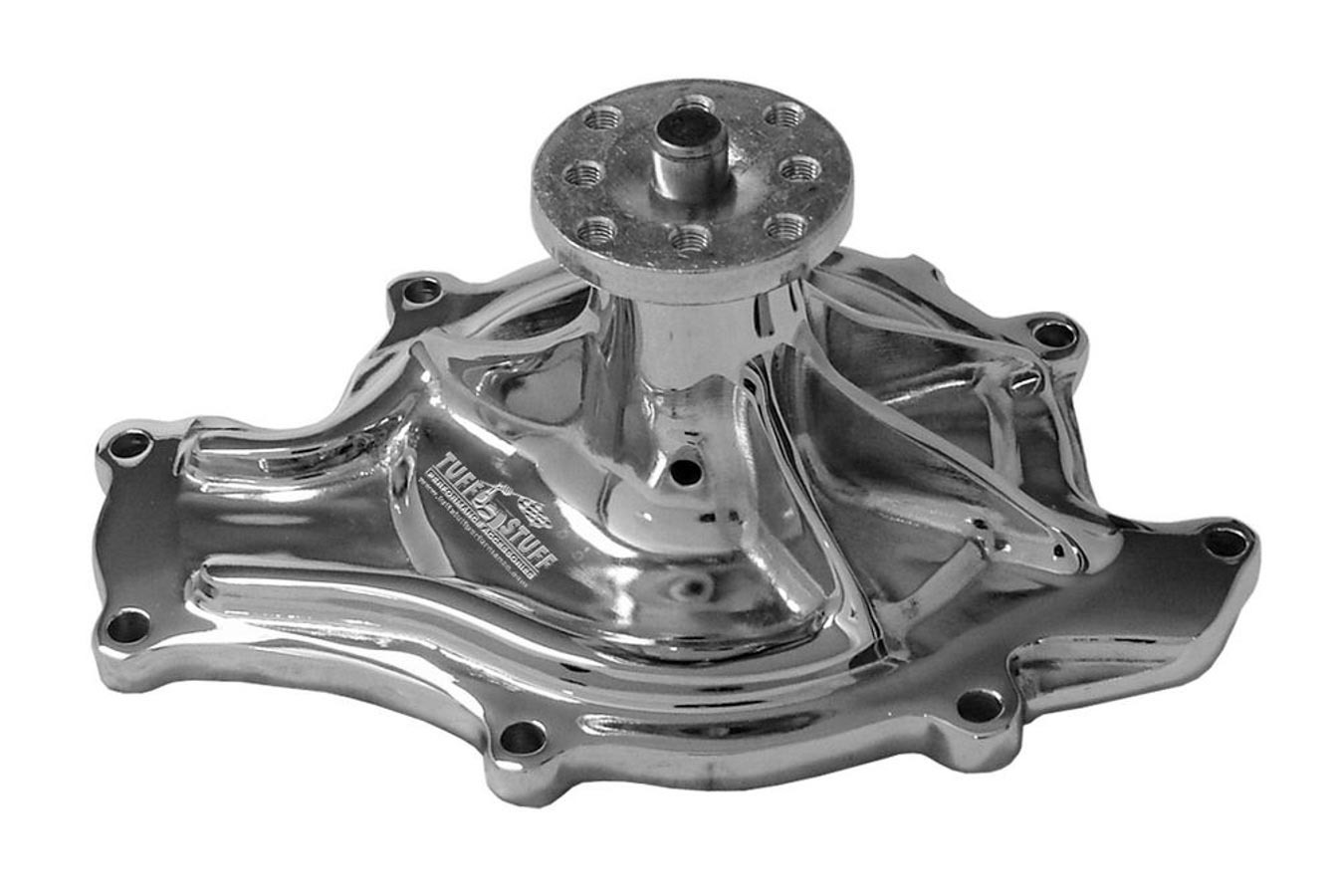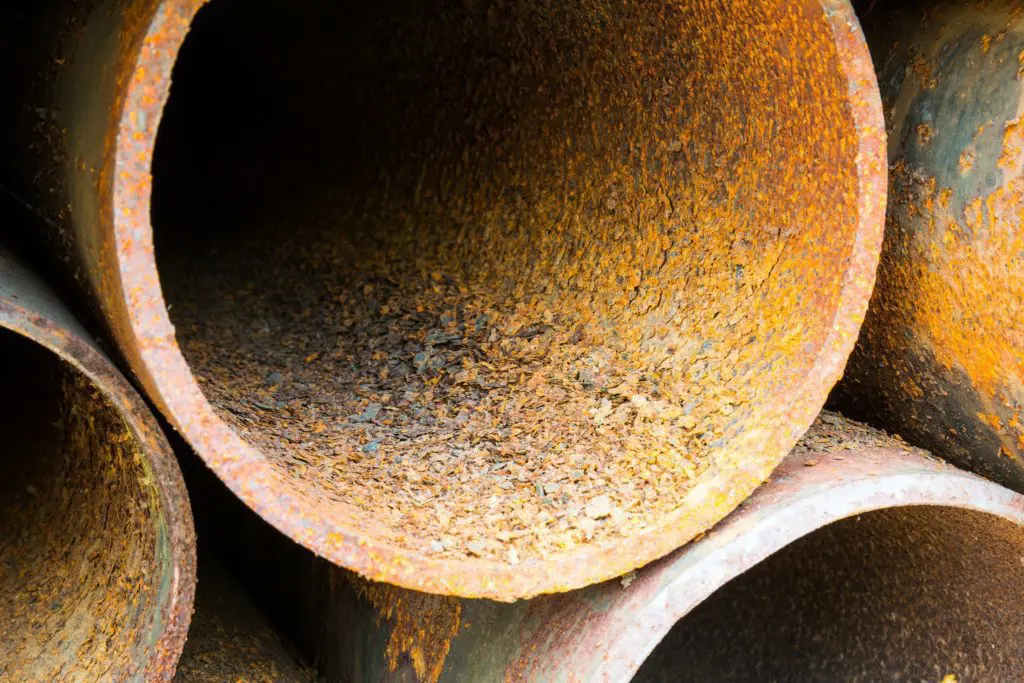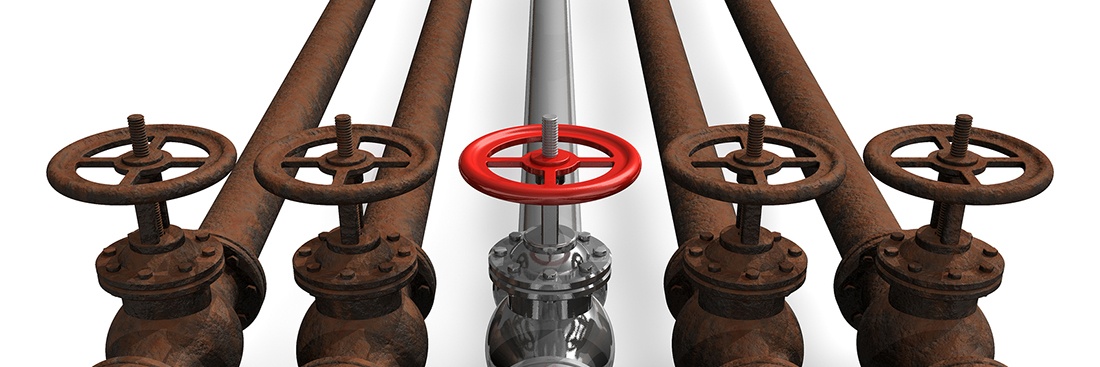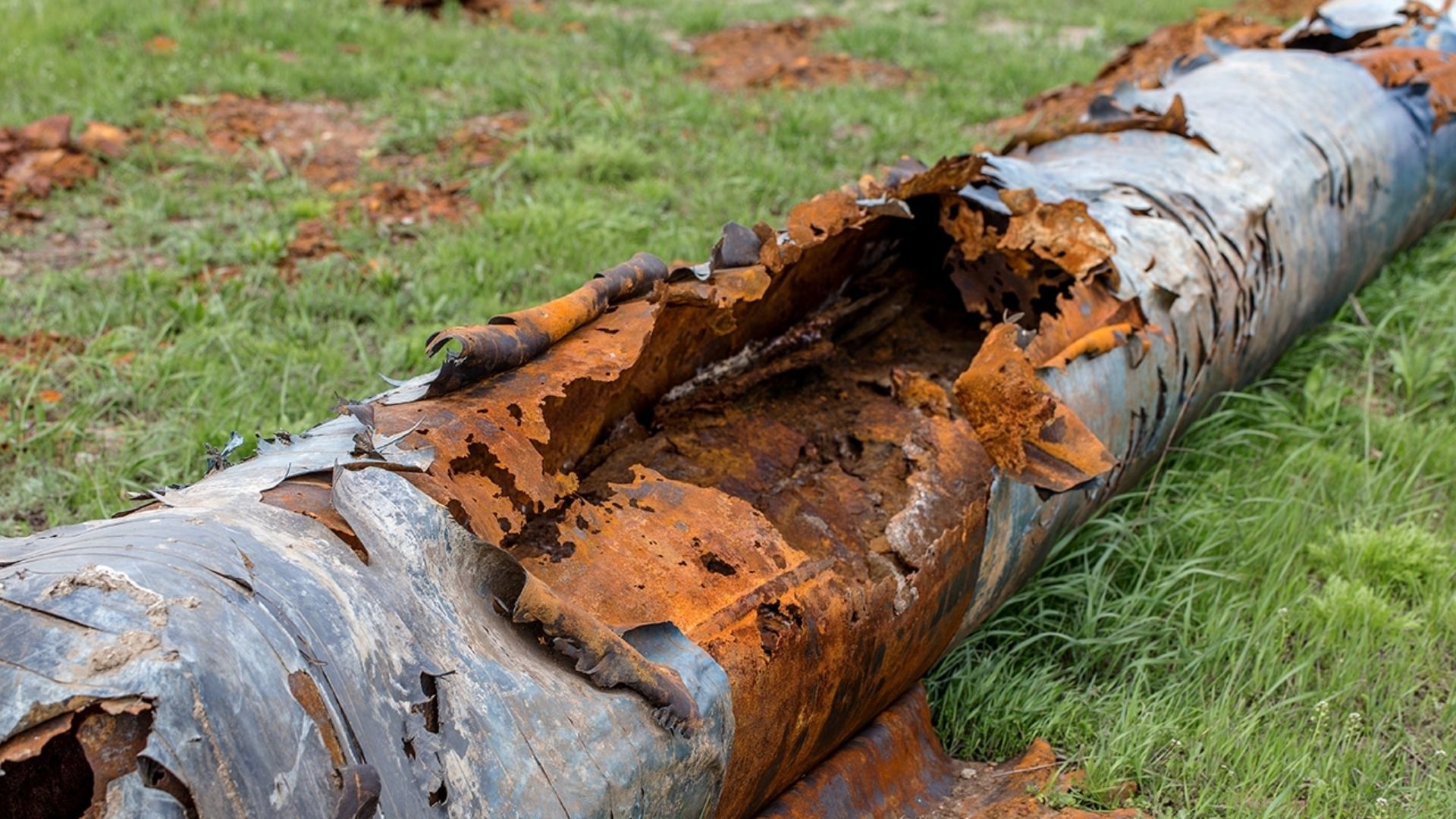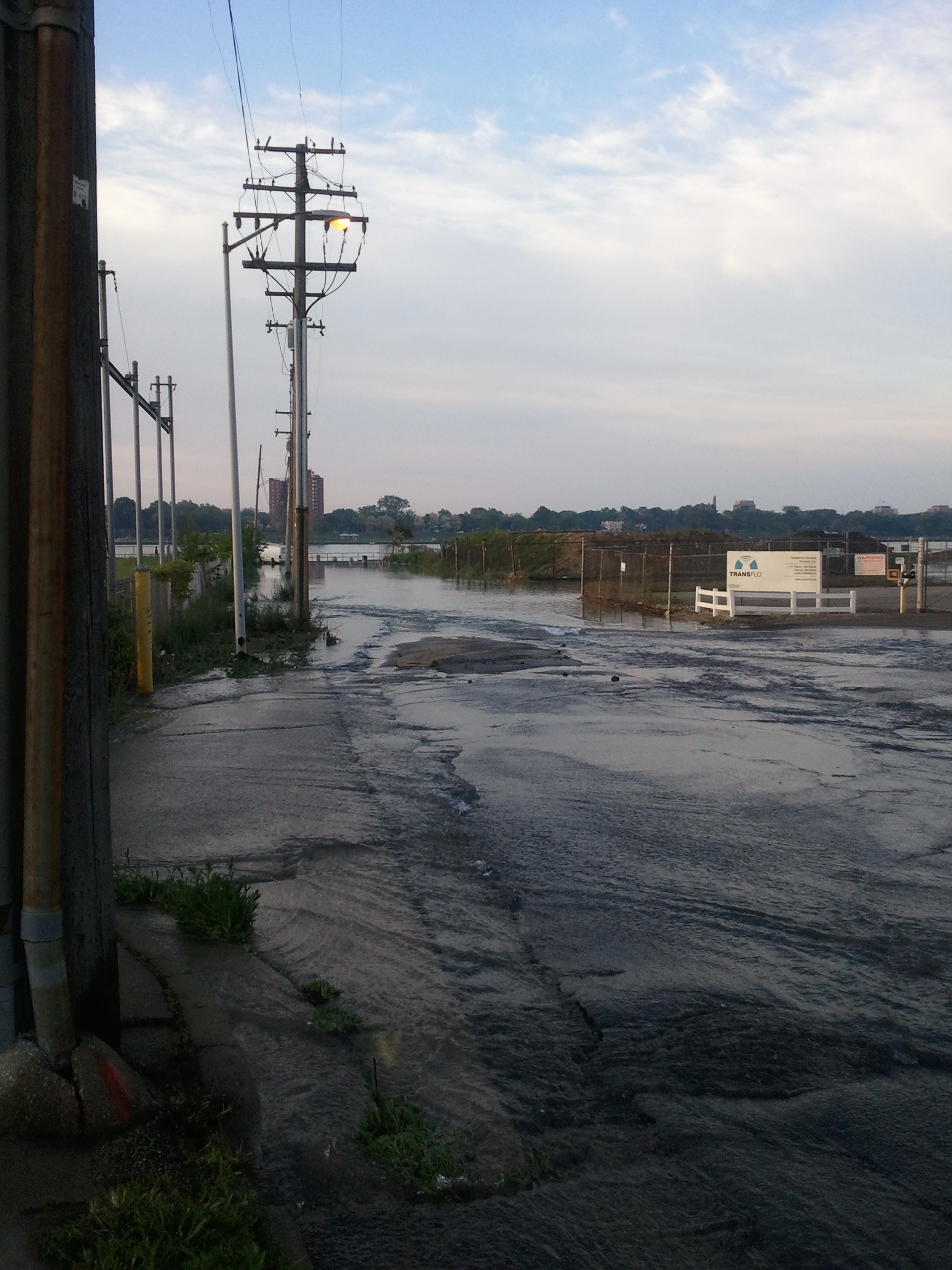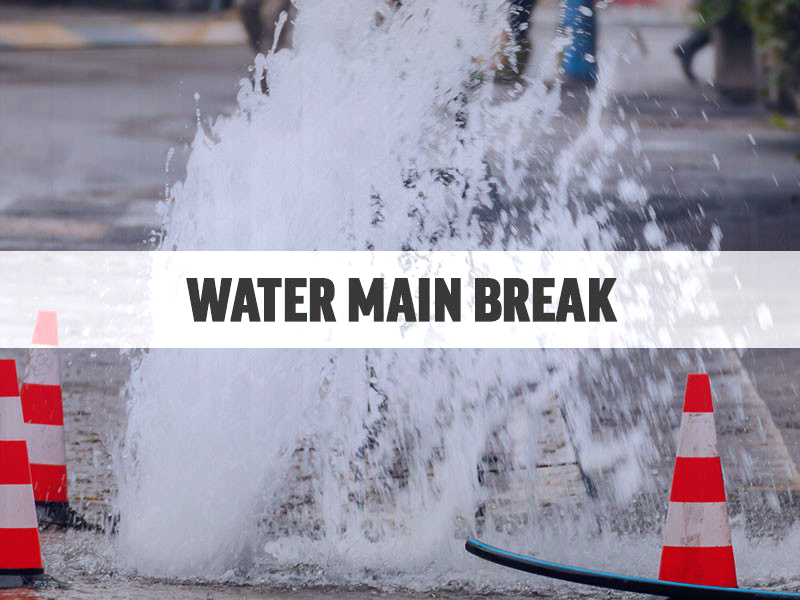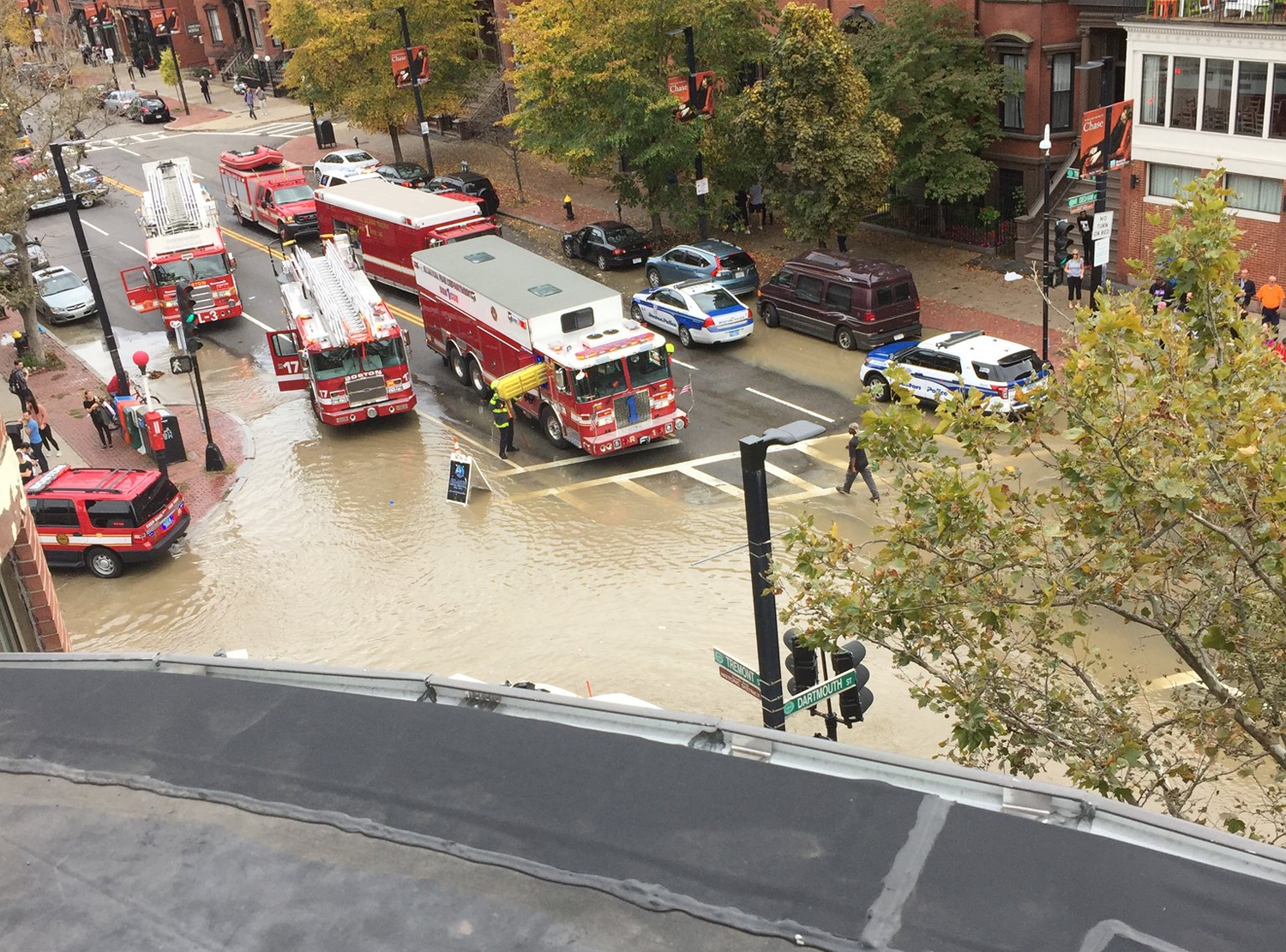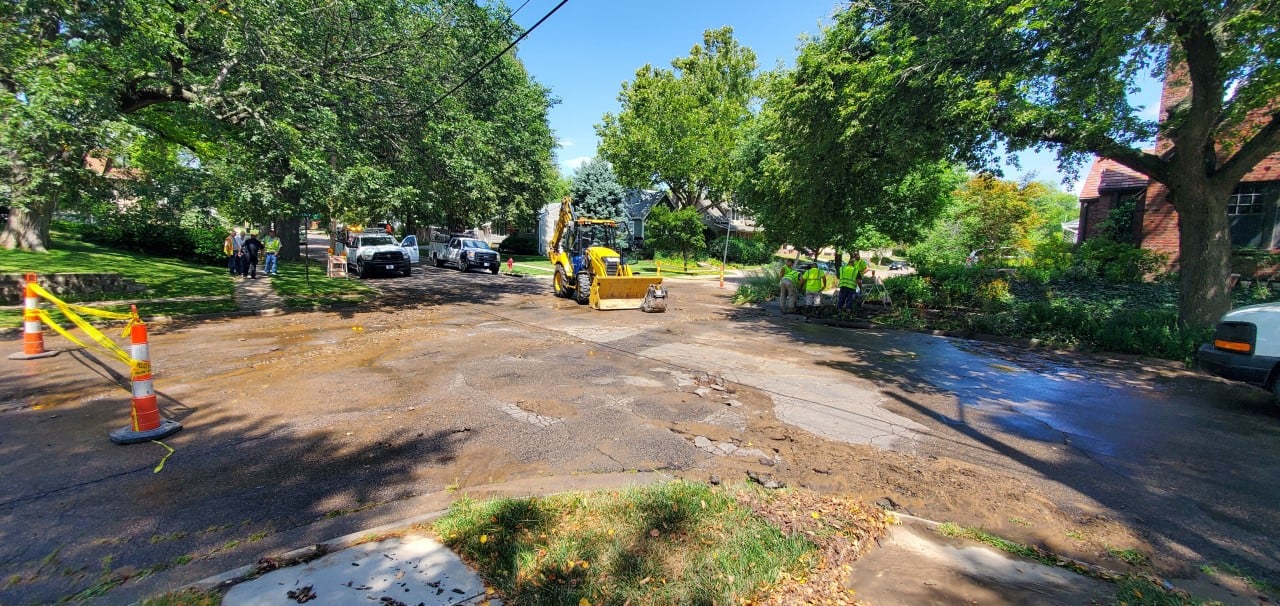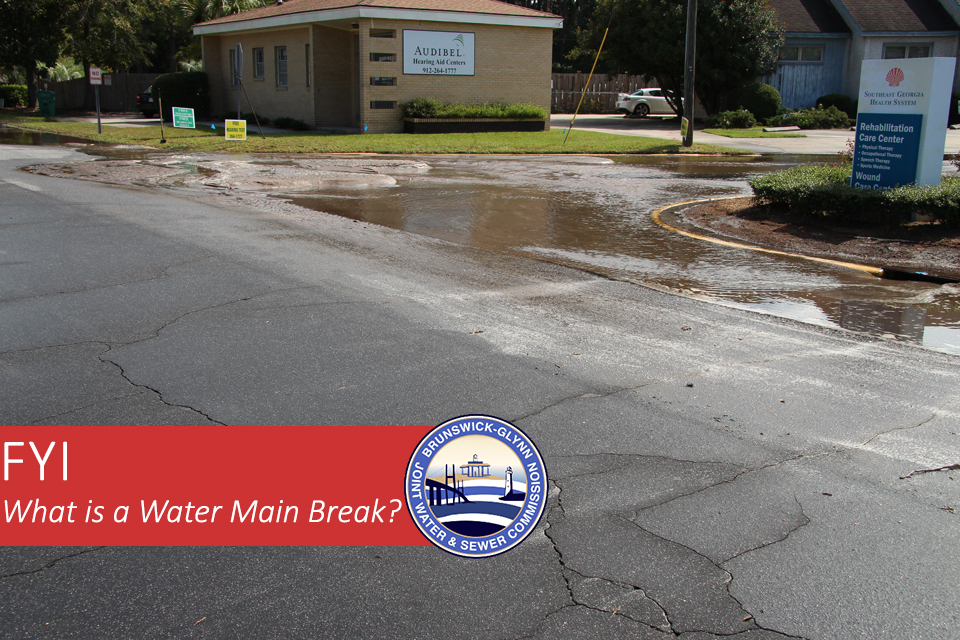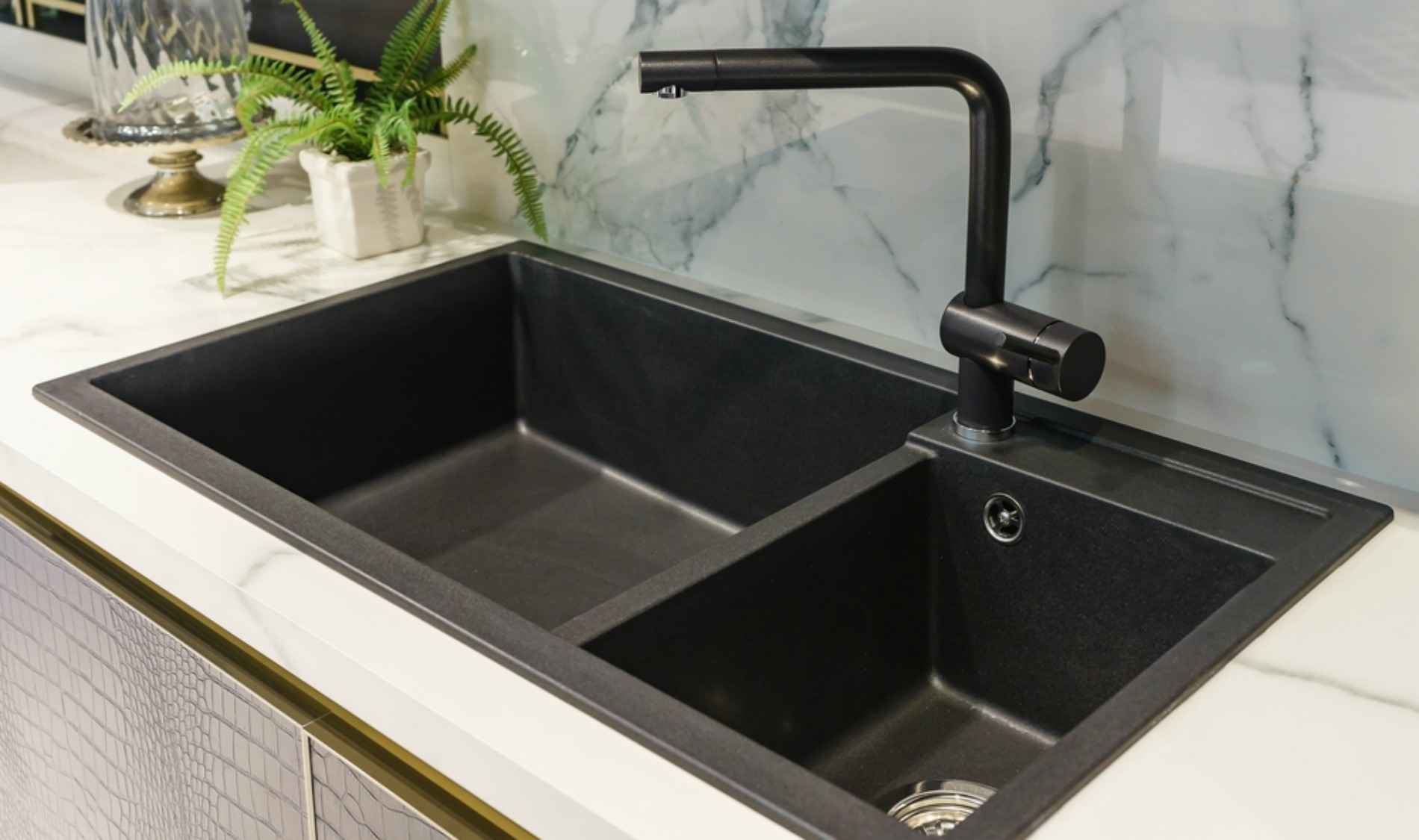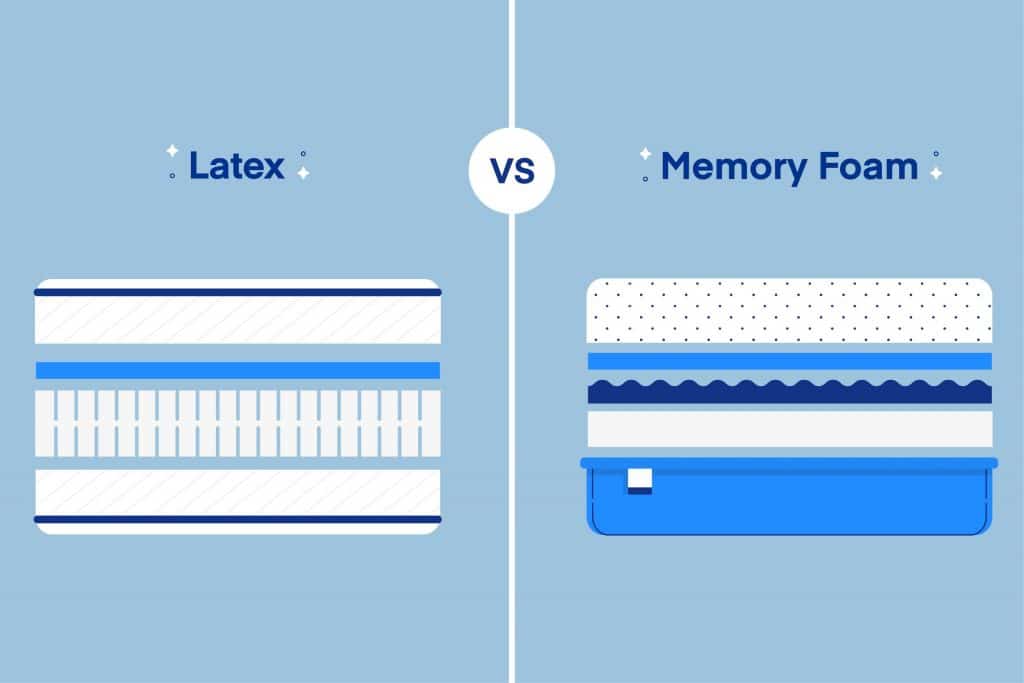If you notice a lack of water pressure in your kitchen sink, the first thing to check is the aerator. The aerator is the small screen at the end of the faucet that helps to regulate the flow of water and reduce splashing. Over time, mineral deposits and debris can clog the aerator, causing a decrease in water pressure. To fix this issue, unscrew the aerator and clean it with a mixture of vinegar and water. This should help to restore the water pressure in your kitchen sink.1. Clogged aerator
Another common cause of low water pressure in the kitchen sink is a faulty faucet. If the faucet is old or damaged, it can restrict the flow of water, leading to a decrease in pressure. You can check for any visible damage or leaks in the faucet and replace it if necessary. Alternatively, you can also try cleaning the faucet by soaking it in a solution of vinegar and water to remove any mineral buildup.2. Faulty faucet
If you experience low water pressure not just in your kitchen sink, but in all faucets and fixtures in your house, the issue may be with the main water supply. This could be due to a problem with the municipal water supply or a blockage in your main water line. In this case, it is best to contact a professional plumber to diagnose and fix the issue.3. Low water pressure in entire house
Leaking pipes can also cause a decrease in water pressure in your kitchen sink. Even a small leak can have a significant impact on the water pressure. Check for any visible leaks under the sink or in the surrounding areas. If you notice any, it is important to fix them as soon as possible to avoid further damage and restore proper water pressure.4. Leaking pipes
Over time, mineral deposits can build up inside the pipes, causing a decrease in water pressure. This is a common issue in areas with hard water. The minerals, such as calcium and magnesium, can accumulate and clog the pipes, restricting the flow of water. To prevent this, you can install a water softener or use a descaling solution to remove the buildup.5. Mineral buildup in pipes
The water supply line connects your house to the main water line. If this line is damaged or clogged, it can affect the water pressure in your kitchen sink. If you suspect an issue with the water supply line, it is best to call a professional plumber to fix it. They may need to replace the line or clear any blockages to restore proper water pressure.6. Faulty water supply line
A pressure regulator is a valve that controls the water pressure coming into your house from the main water line. If this regulator is damaged or malfunctioning, it can lead to a decrease in water pressure. This is a more complex issue and requires the expertise of a plumber to diagnose and fix it.7. Malfunctioning pressure regulator
If your house is on a well system, a broken water pump can cause a lack of water pressure in your kitchen sink. The water pump is responsible for pumping water from the well into your house. If it is not functioning properly, it can affect the water pressure. You will need to call a professional to repair or replace the water pump.8. Broken water pump
Older houses may have corroded pipes, especially if they are made of galvanized steel. As the pipes corrode, they can become narrower, restricting the flow of water and causing a decrease in water pressure. In this case, it is best to have the pipes replaced with newer, more durable materials.9. Corroded pipes
In rare cases, a water main break can cause a sudden decrease in water pressure in your kitchen sink. If you notice a significant drop in water pressure, and the issue is not limited to just your house, it could be due to a break in the main water line. Contact your local water authority for assistance in fixing the issue. In conclusion, a lack of water pressure in your kitchen sink can be caused by various factors. It is important to identify the root cause and address it promptly to avoid further damage and inconvenience. If you are unsure or unable to fix the issue yourself, it is best to seek the help of a professional plumber.10. Water main break
The Impact of Low Water Pressure in the Kitchen Sink on House Design
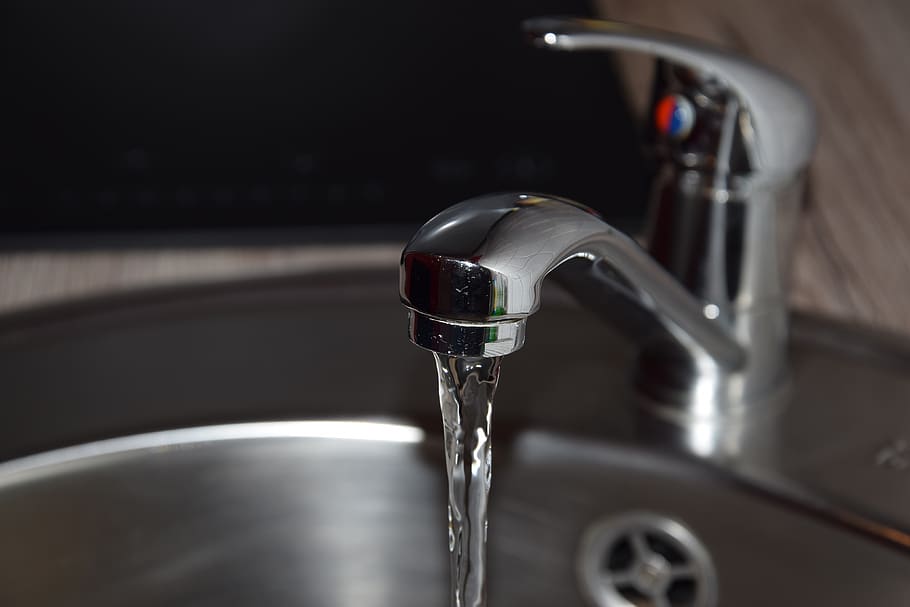
How Low Water Pressure Can Affect Your Household
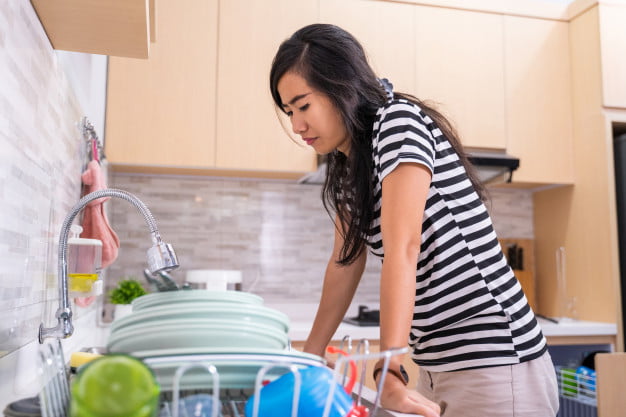 When it comes to designing a house, one of the essential elements to consider is the water pressure in the kitchen sink. Low water pressure can have a significant impact on the functionality and comfort of your household. It can lead to frustration, inconvenience, and even affect the resale value of your home. In this article, we will explore the effects of low water pressure in the kitchen sink and how it can influence your house design.
When it comes to designing a house, one of the essential elements to consider is the water pressure in the kitchen sink. Low water pressure can have a significant impact on the functionality and comfort of your household. It can lead to frustration, inconvenience, and even affect the resale value of your home. In this article, we will explore the effects of low water pressure in the kitchen sink and how it can influence your house design.
The Main Causes of Low Water Pressure in the Kitchen Sink
 Before we dive into the impact of low water pressure, it is essential to understand the root causes.
Clogged pipes, faulty plumbing, and outdated fixtures can all contribute to low water pressure in your kitchen sink.
These issues can result in restricted water flow, making it challenging to complete daily tasks such as washing dishes and cooking. It can also lead to longer wait times for hot water, causing frustration and wasting time.
Before we dive into the impact of low water pressure, it is essential to understand the root causes.
Clogged pipes, faulty plumbing, and outdated fixtures can all contribute to low water pressure in your kitchen sink.
These issues can result in restricted water flow, making it challenging to complete daily tasks such as washing dishes and cooking. It can also lead to longer wait times for hot water, causing frustration and wasting time.
The Effect on House Design
 Low water pressure can have a significant impact on the overall design of your house.
It can limit your options for appliances and fixtures that require high water pressure, such as a dishwasher or a powerful faucet.
It can also affect the placement of your kitchen sink, as you may need to be closer to the main water source to avoid decreased pressure. Additionally, low water pressure can cause damage to your home's plumbing system, leading to costly repairs and renovations.
Low water pressure can have a significant impact on the overall design of your house.
It can limit your options for appliances and fixtures that require high water pressure, such as a dishwasher or a powerful faucet.
It can also affect the placement of your kitchen sink, as you may need to be closer to the main water source to avoid decreased pressure. Additionally, low water pressure can cause damage to your home's plumbing system, leading to costly repairs and renovations.
The Solution to Low Water Pressure
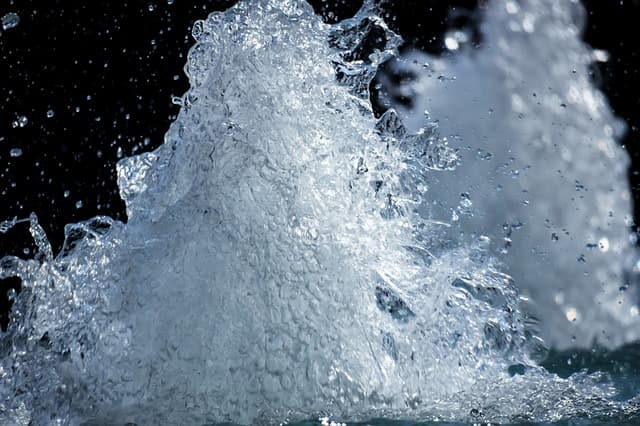 Fortunately, there are ways to improve water pressure in your kitchen sink and avoid these issues.
Regular maintenance of your plumbing system, including cleaning out pipes and replacing old fixtures, can significantly improve water pressure.
You can also consider adding a booster pump or pressure regulator to your system to increase water flow. These solutions not only improve functionality but can also add value to your house.
Fortunately, there are ways to improve water pressure in your kitchen sink and avoid these issues.
Regular maintenance of your plumbing system, including cleaning out pipes and replacing old fixtures, can significantly improve water pressure.
You can also consider adding a booster pump or pressure regulator to your system to increase water flow. These solutions not only improve functionality but can also add value to your house.
Conclusion
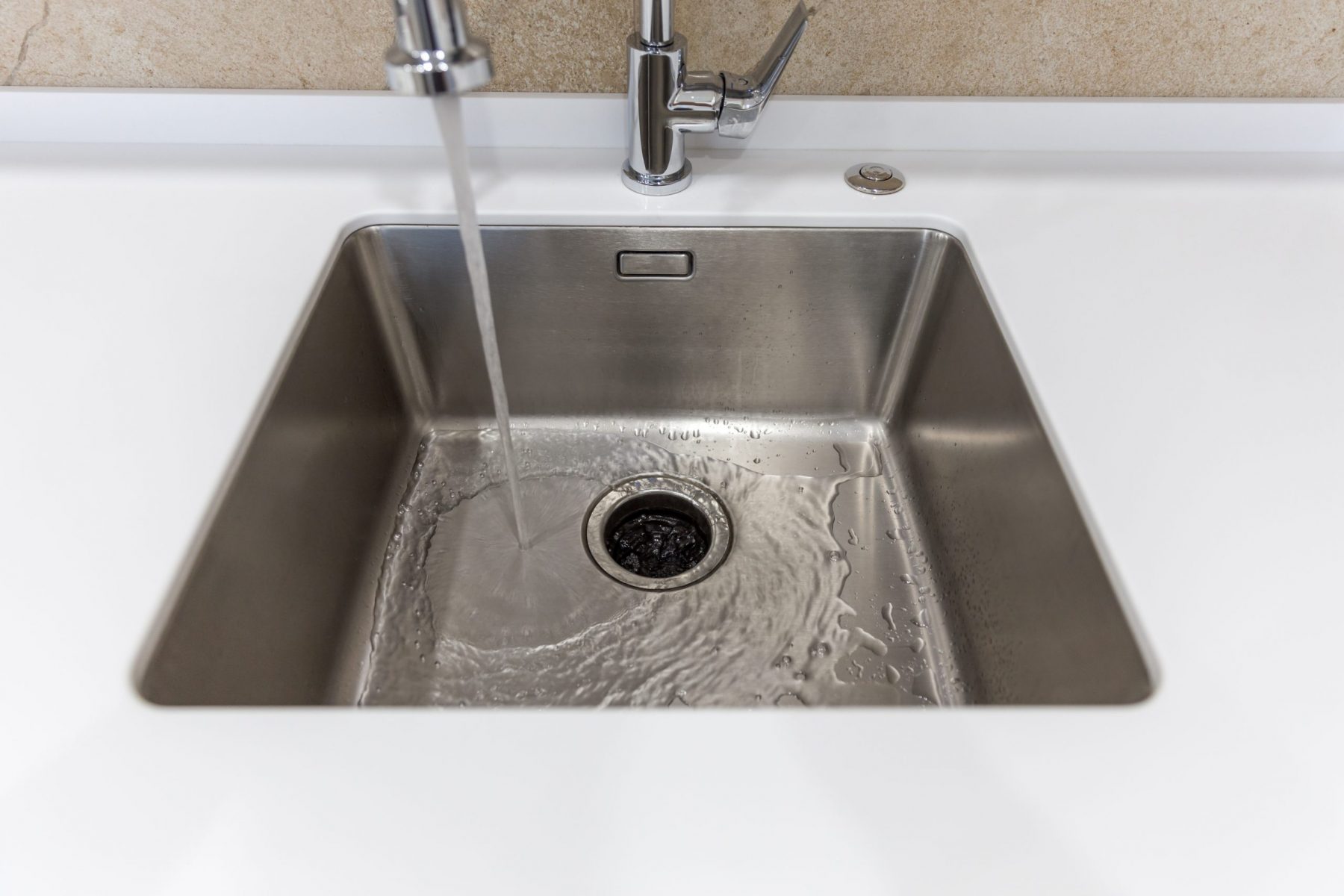 In conclusion, low water pressure in the kitchen sink can have a significant impact on your household, from daily tasks to the overall design of your home. It is essential to address the root causes and find solutions to improve water pressure for a comfortable and functional living space.
If you are experiencing low water pressure, be sure to consult a professional plumber to help you find the best solution for your home.
With the right measures in place, you can enjoy a fully functional and well-designed kitchen sink that meets your household's needs.
In conclusion, low water pressure in the kitchen sink can have a significant impact on your household, from daily tasks to the overall design of your home. It is essential to address the root causes and find solutions to improve water pressure for a comfortable and functional living space.
If you are experiencing low water pressure, be sure to consult a professional plumber to help you find the best solution for your home.
With the right measures in place, you can enjoy a fully functional and well-designed kitchen sink that meets your household's needs.

:max_bytes(150000):strip_icc()/ac2-56a73c5c5f9b58b7d0e81846.jpg)

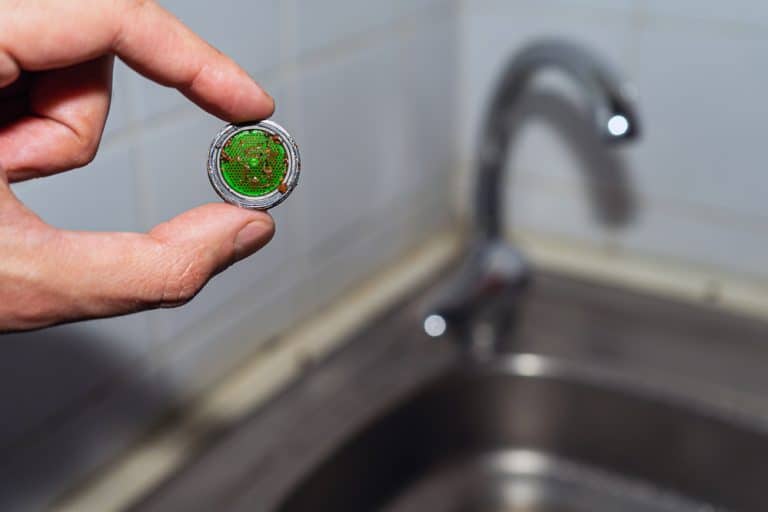
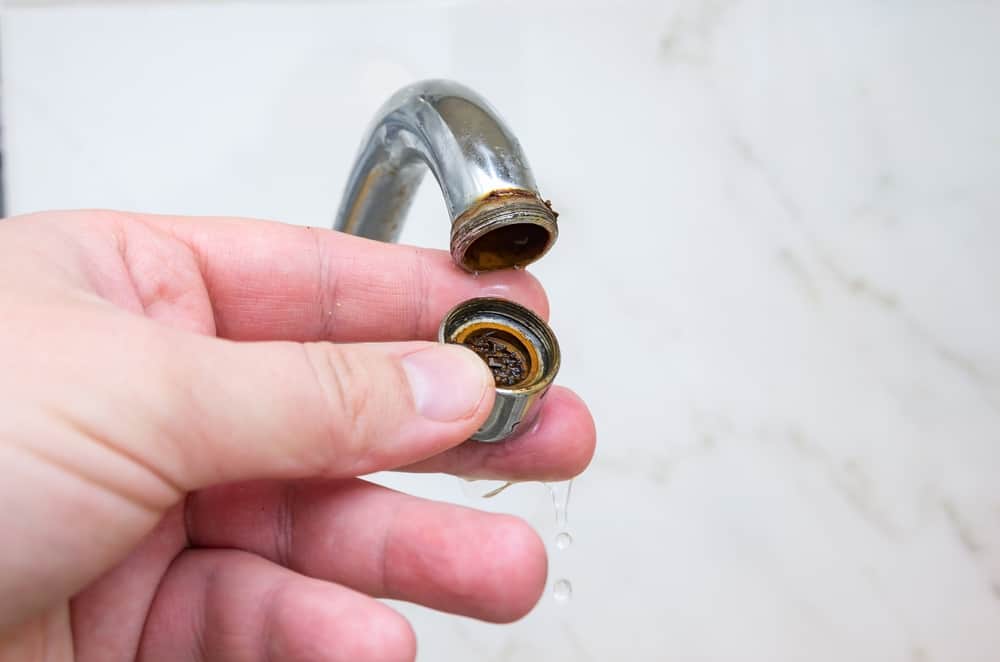
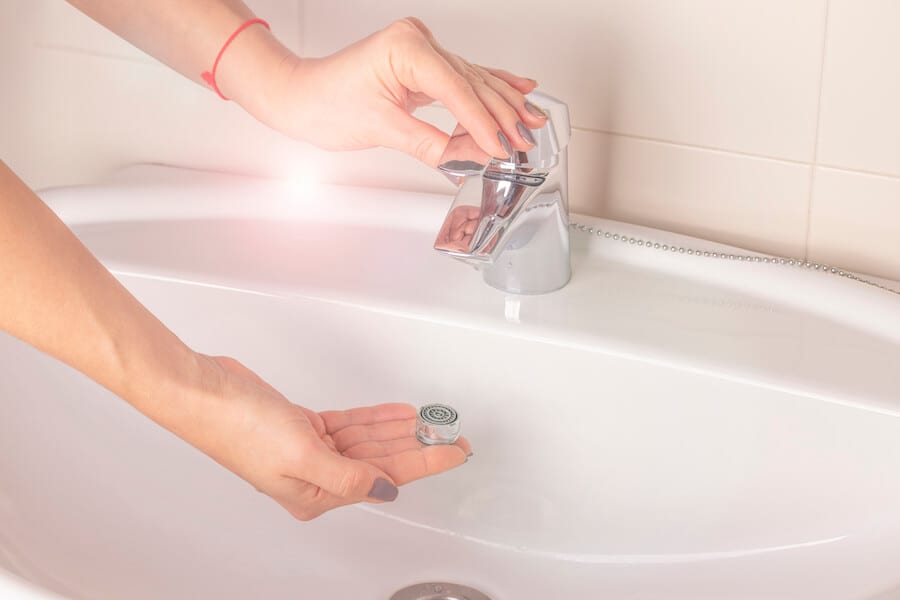




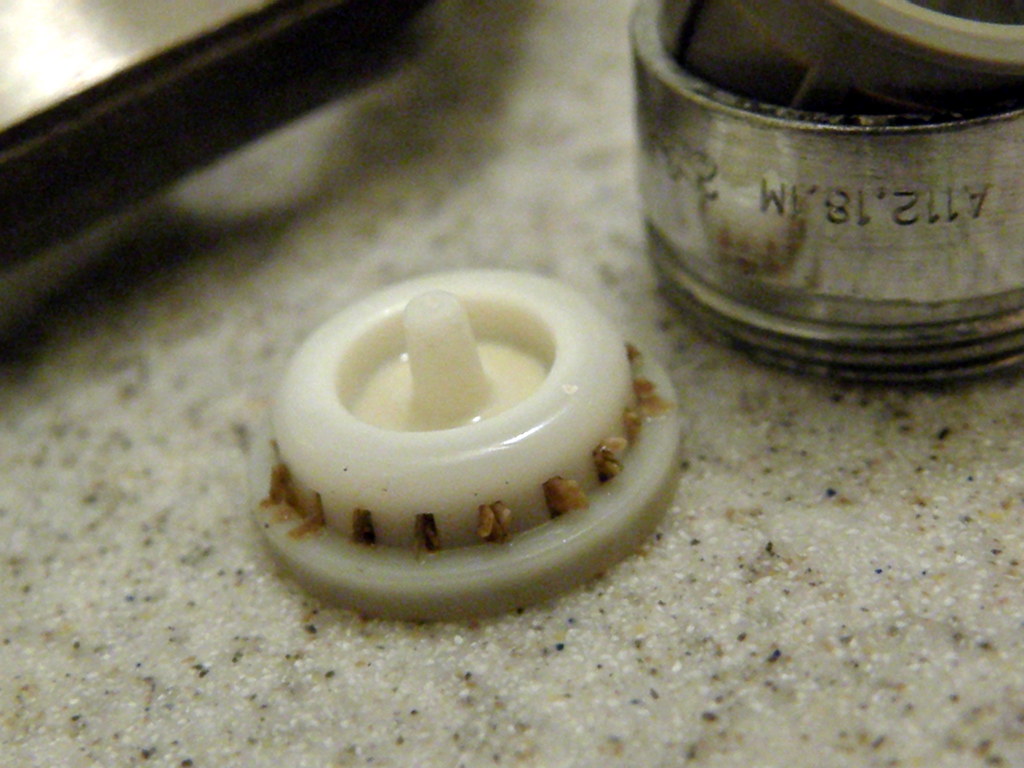

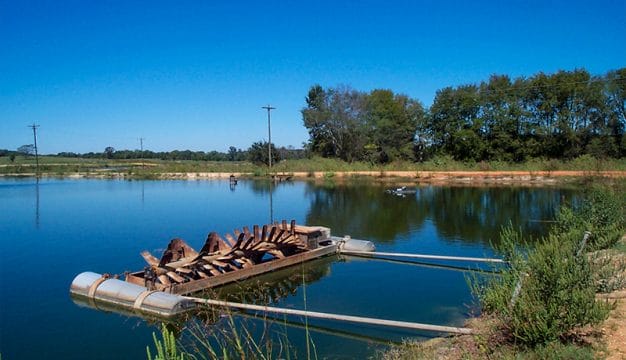
:max_bytes(150000):strip_icc()/faulty-kitchen-faucet-140358503-5840b9c43df78c02309d3c30.jpg)

